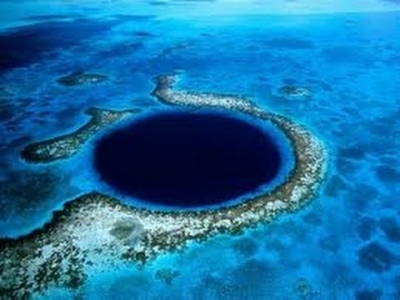
When tectonic plates in the ocean floor move and collide, one may be pushed under the other, creating a narrow trench. These trenches are the deepest places in the Earth’s oceans.
Trenches are formed by subduction, a geophysical process in which two or more of Earth’s tectonic plates converge and the older, denser plate is pushed beneath the lighter plate and deep into the mantle, causing the seafloor and outermost crust (the lithosphere) to bend and form a steep, V-shaped depression. This process makes trenches dynamic geological features—they account for a significant part of Earth’s seismic activity—and are frequently the site of large earthquakes, including some of the largest earthquakes on record. Subduction also generates an upwelling of molten crust that forms mountain ridges and volcanic islands parallel to the trench. Examples of these volcanic “arcs” can be seen in the Japanese Archipelago, the Aleutian Islands, and many other locations around this area called the Pacific “Ring of Fire.”
Many of the organisms living in trenches have evolved surprising ways to survive in these unique environments. Recent discoveries in the hadal zone have revealed organisms with proteins and biomolecules suited to resisting the crushing hydrostatic pressure and others able to harness energy from the chemicals that leak out of hydrocarbon seeps and mud volcanoes on the seafloor. Other hadal species thrive on the organic material that that drifts down from the sea surface and is funneled to the axis of the V-shaped trenches.
Picture Credit : Google
